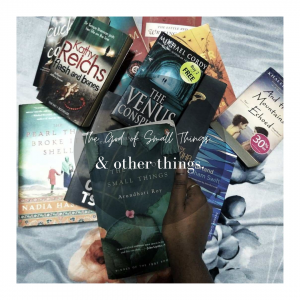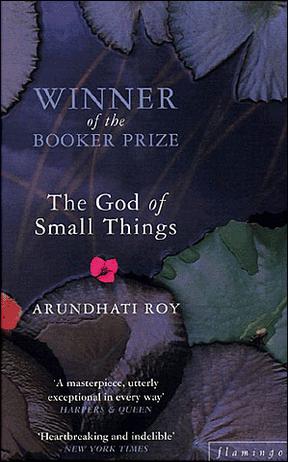

And at night, the broken yellow moon in it. That lives can twist into new, ugly shapes, even cease forever, beside their river “grey-green.” With fish in it. When their English cousin, Sophie Mol, and her mother, Margaret Kochamma, arrive on a Christmas visit, Esthappen and Rahel learn that Things Can Change in a Day. The novel uses an intricate architecture of flashbacks, memories, poetic dream sequences, interior monologues, and flashforwards to capture the tensions and sorrows of multiple generations of this middle-class Indian family caught up within the social pressures of a modern caste system. Inside the car sit two-egg twins Rahel and Esthappen, and so begins their tale.Īrm only with the invincible innocence of children, they fashion a childhood for themselves in the shade of the wreck that is their family–their lonely, lovely mother, Ammu (who loves by night the man her children love by day), their blind grandmother, Mammachi (who plays Handel on her violin), their beloved uncle Chacko (Rhodes scholar, pickle baron, radical Marxist, bottom-pincher), their enemy, Baby Kochamma (ex-nun and incumbent grandaunt), and the ghost of an imperial entomologist’s moth (with unusually dense dorsal tufts).

In the state of Kerala, on the southernmost tip of India, a sky blue Plymouth with chrome tailfins is strand on the highway amid a Marxist workers’ demonstration.


 0 kommentar(er)
0 kommentar(er)
